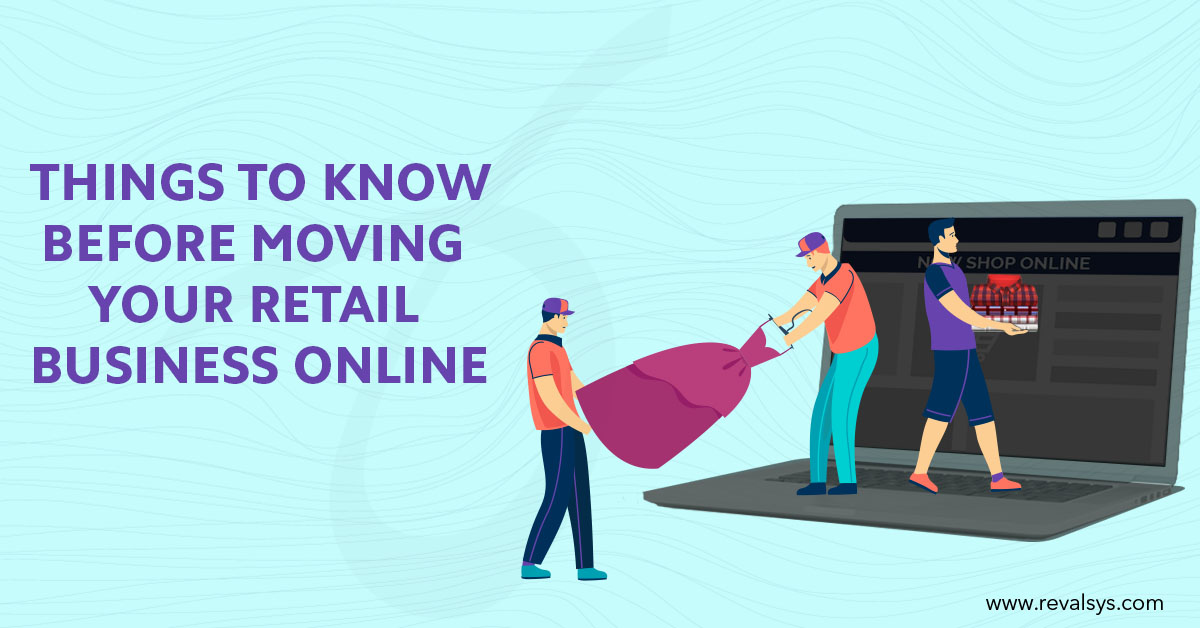
Ecommerce is no longer just an alternative for businesses or customers, especially in the retail sector. 2020 especially served as a wake-up call for businesses that hadn’t considered online platforms yet. Consumers are using their mobile internet to research ecommerce stores and products before making purchases. In order to strengthen their relationship with their customers and multiply their profits, retail businesses need to meet their customers where they are.
If you are a brick-and-mortar business considering selling online, here is a detailed guide for you to do it right:
Use An Existing Platform
Going online is a chance for businesses to increase their customer base, and opting for existing sites makes it even easier. The migration and maintenance process of existing platforms is easy, and choosing established ones like Amazon, eBay, Etsy, Facebook Shops, and Instagram Shops guarantees a base of customers who trust these sites for their credibility and ease of use.
Don’t Rush Into Going Live With Your Website
Creating a website that works seamlessly and is visually appealing is a time-consuming process. It is important to be patient with it, as rushing into adding features and taking the website live without testing it will be detrimental to the sales of your business.
Website Maintenance
Selling on your own website looks attractive and easy to do. However, maintaining the website is not an easy task. Updating it is a long-term process and requires continuous investments. Product information needs to be constantly updated and intermittent checks are required. Updating the website regularly is important for customer retention as they abandon brands that have outdated websites.
Order Fulfilment
Order fulfilment is the process of delivering customers their orders. If you are a small business, you can do it yourself. You have to decide whether you want to go for home delivery or in-store. You can also offer free and same-day/next-day delivery which serve as major incentives for online shopping. If you want to choose a third-party fulfilment service provider, look for one that not only fits your budget but also has clients in a similar niche as yours. Price packages of fulfilment service providers differ according to the types of businesses and industries.
Payments
When your business transitions from offline to online, so do your payments and payment methods. Your customers will still be able to pay you cash on delivery, but there are a host of online options that they will prefer for making instant payments. You need to include options like credit cards, debit cards, QR codes, and contactless payment options like mobile wallets. For better revenue generation, include multiple credit/debit card and payment wallet options.
Security
Data security is a pressing concern for websites as well as customers. Using a secure hosting service prevents your website from getting hacked and security plugins protect your content from spam attacks. For keeping customer payment information secure, a reputed company offering multiple payment options will be the best choice.
Return And Refund Policy
This is one of the most important features that customers look for in an ecommerce website. Since they cannot try products from ecommerce stores before buying them, they want to be able to return them in case they are dissatisfied with them. It is important that you maintain transparency in your return and refund policy regarding the items that can be returned or exchanged, the time period within which they can be returned, and how customers will be refunded.
Marketing Plan
After you have set up your ecommerce store, the next step is to make announcements about your new online presence. There are various ways to do this, like sending out newsletters and promotional emails, using paid social media ads, starting a blog, and PR. Do your research and see which platforms your target customer base is on and create your presence on one or a mix of them.
SEO
Your potential customers will look for you on various search engines, and SEO ensures greater search engine visibility for your website. Invest some time in researching the keywords that people use to look for businesses in your niche, and use them in your website copy, product titles, and descriptions. Don’t forget to optimize your product titles for different search engines and social media sites.
Conclusion
In the competitive, ever-evolving retail industry with constantly changing trends, you cannot afford to get left behind.
Transitioning online has benefits both for you and your customers. An ecommerce store is easier to manage compared to physical stores and makes you more accessible to your customers. It is also easier for you to track your business’s performance using simple online tools to know the website traffic, sales conversion rate, cart abandonment rate, etc.
Improve your success rate in the world of ecommerce by taking the above-mentioned factors into consideration while making your transition.
